This is my first post in this stack group, so please forgive me for any shortcomings of my question.
I'm designing a circuit for a high side switch of around 60V DC (battery). Attached is a sketch of the circuit I have so far. VBat is around 60V, the switch here is a voltage controlled switch, switching for 2 seconds - in real life it will be a simple "hand controlled" momentary switch. R7 represents the load (which will be a voltage regulator in the end).
When simulated the circuit seems to work, but I don't know if this approach is reasonable.
My three main questions are:
- The voltage divider R1 / R2 brings the 60V down to 10V, because most momentary switches seem to be built for 12V. That's why i choose R1 / R2 to be so high, to get the constant leakage current down as much as possible. Do I have to fear any antenna, or other undesired effects with such high resistances?
- Is there a better approach, without leakage current, to use 12V switches?
- Is there maybe a better approach in general?
Just to be on the same page, here is a short description of what the circuit should do: As long as somebody presses (and holds) the momentary switch (voltage regulated in the schematic just for simulation) the load, represented by R7, should be switched to 60V on the high side. Later the load will be a voltage regulator that ouputs 5V to power a micro controller and some leds. That's why I was thinking about a high side switch, to have the same ground for all components.

simulate this circuit – Schematic created using CircuitLab
